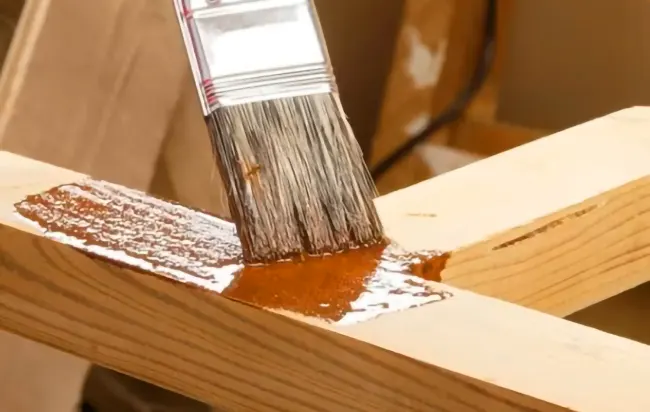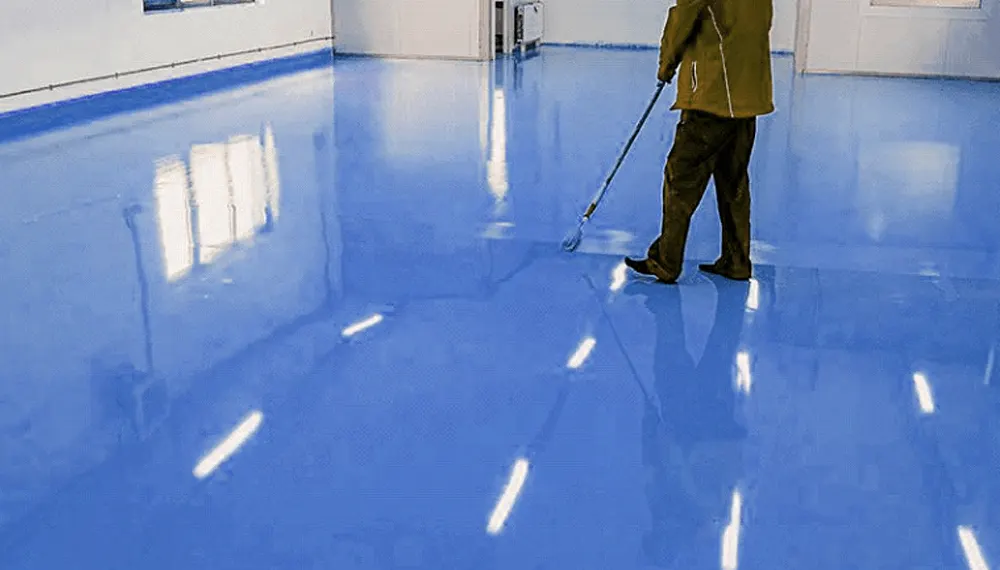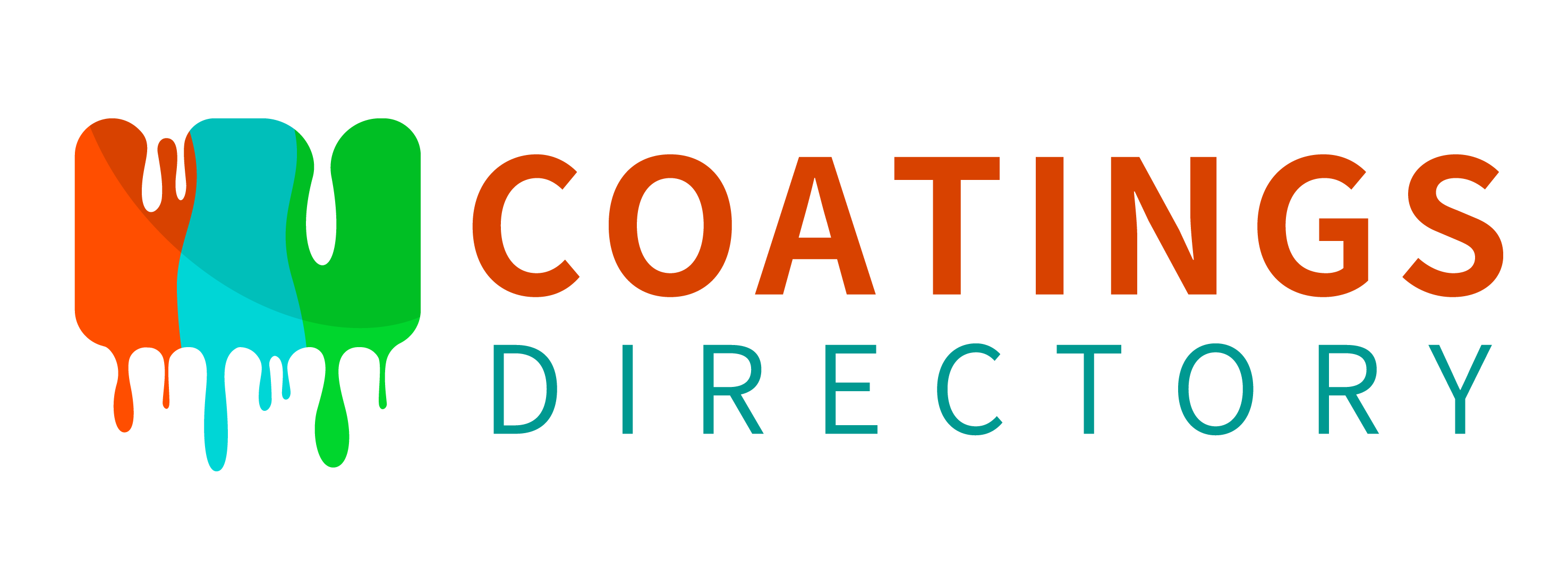If you have ever been confused about “matte or glossy? oil-based or water-based?” in front of the shelf, or stared at the shopping cart and worried about buying expensive, fake, or wrong specifications, this article is written for you.
Take a few minutes to let me reveal the price black hole that home improvement stores won’t tell you – why is the price difference of the same polyurethane paint up to 5 times? Where to buy it? Teach you how to sift out the genuine varnish that suits your project needs. This is not an instruction manual filled with jargon, but a coating consultant who has been in the industry for ten years, breaking down the secrets of the industry and feeding them to you.
How Much does it Cost to Buy Varnish Paint?
Now that you know how to choose the right varnish, the next question is: “How much will it cost?” Whether you’re restoring a family painting or renovating the wood floors of an old house, varnish prices range from $10 to $200 per gallon. Below, we’ll explain market pricing trends, tell you where to save money and what you absolutely can’t compromise on, and finally teach you how to spend your budget wisely.

Cost to Buy Varnish Paint
Varnish Paint Price Range: A Quick Reference Table.
Here’s a ballpark cost guide for common varnish types (based on U.S. market averages):
| Varnish Type | Key Ingredients | Common Uses | Price Range (1 Quart) | Price Range (1 Gallon) |
|---|---|---|---|---|
| Oil-Based Varnish | Tung oil, linseed oil | Antique furniture, woodwork | 15−30 | 50−120 |
| Acrylic/Water-Based | Acrylic polymers | Indoor furniture, DIY crafts | 12−25 | 40−90 |
| Polyurethane | Polyurethane resins | Floors, outdoor furniture | 20−40 | 70−150 |
| Nitrocellulose | Nitrocellulose, solvents | Musical instruments, fine art | 25−60 | 100−250 |
| Resin-Based (e.g., Epoxy) | Epoxy resins | Countertops, marine surfaces | 30−80 | 120−300 |
Note: Prices vary by brand (e.g., Minwax is 20% pricier than generic brands) and specialty formulas (UV-resistant, food-safe).
What Drives the Cost of Varnish Paint?
Why can the price of varnishes that look similar be several times different? There are five key factors behind it:
Brand premium: face or substance?
The premium of big-name varnishes is often reflected in stability and after-sales service. For example, Minwax, Rust-Oleum, and Epifanes cost 15-30% more than Amazon Basics. But the permeability and environmental protection standards of brand varnishes can really stand the test. The “hot varnish” that costs tens of dollars on general e-commerce platforms may crack and peel after three months of application.
If you are repairing mahogany furniture or artworks with high restoration value, professional brands are preferred; if you are temporarily repairing old cabinets in a rental house, affordable ones can also make do.
Professional grade vs DIY grade.
Professional grade varnish usually has a solid content of more than 60% (such as Sherwin-Williams conversion varnish), which can form a thick film with one application, saving labor and materials. Most DIY varnishes have a solid content of about 30%, which seems to be low in unit price, but it needs to be repeatedly applied 3-4 layers, and the overall cost is higher.
Let’s take a simple example: painting a 20-square-meter wooden floor with professional-grade polyurethane varnish ($60/liter, 2 layers) will cost about $120 in total; using cheap oil-based paint ($30/liter, 4 layers) will cost about $120 plus 4 more hours of work. Of course, it doesn’t mean that DIY grade varnish is bad, it is still very good when ease of use is prioritized.
Varnish Types and Chemical Complexity
Oil-based varnishes cost more than water-based varnishes due to raw materials (e.g., tung oil) and VOC compliance costs. Two-component systems (e.g., epoxy + hardener) are more expensive, but the durability is unmatched. A gallon of marine-grade epoxy varnish can cost up to $300.

Epoxy paint
Packaging Trap: The unit price of small capacity is higher.
There is an unspoken rule in the varnish industry: buying a gallon is usually 25% cheaper per ounce than buying a quart. For example, a brand of epoxy varnish costs $25 per Quart, while a Gallon is only $25 (vs.100 if buying 4 quarts). But pay attention to the shelf life after opening – most varnishes will start to clump after half a year.
Certifications & Eco-Labels.
Varnishes that are low-VOC, Green Guard Gold, or AP Seal certified (e.g., ECOS Wood Varnish) cost 20-50% more. If it is used in a children’s room or a pregnant woman’s bedroom, it is recommended not to save this money.
How to Choose the Right Varnish for Your Budget?
Varnish is not the more expensive the better, the key is to match the use scenario. Here are three typical budget options:
Small DIY project (budget less than $50)
Refurbishing coffee tables, old boxes or varnishing children’s ceramic works. Buy a small volume (3-5 quarts) of water-based varnish, because water-based paint has little odor and is easy to clean. Remember not to be fooled by the “buy one get one free” offer! If a small project cannot use up a large volume, the remaining varnish will basically be scrapped in half a year.
Medium-scale renovation (budget $50-150)
Do you need to renovate hardwood floors, kitchen cabinets or paint balcony antiseptic wood? As we mentioned above, these scenarios require a large area to be painted and have certain requirements for the durability of the paint after curing. Therefore, it is strongly recommended to choose oil-modified polyurethane varnish (1 gallon, 80-120). Brands to Try: Minwax Fast-Drying Polyurethane (85/gallon), ZarUltraMar(110/gallon).
High-end/commercial use ($150+)
If you are going to use varnish to protect the wood floor of a club spa room, a yacht deck or a museum collection, it is a wise choice to choose a two-group epoxy resin varnish or a marine-grade spar varnish. Because the paint in these scenes needs to be extremely UV-resistant, waterproof and abrasion-resistant, otherwise frequent renovations will only waste more time and purchase costs. It is recommended that you try Epifanes Yacht Varnish (240/gallon), SystemThreeResins(180/gallon).
Experts’ money-saving tips: 3 tricks to save money.
- Mix and match tactics:Use cheap primer and high-end topcoat. Use a cheap sanding sealer ($10/quart) as a base coat, then top with a premium varnish. This way, the total cost can be saved by 30% compared to using all high-end paints, but the performance is almost the same.
- Buy during the big promotion period:During the spring home decoration season from March to April, offline stores often provide free color matching services. During shopping festivals such as Super Bowl and Black Friday, merchants usually launch a series of promotional activities. We can make a purchase plan in advance and buy in bulk during the event.
- Buy “Opaque” Over “Clear’:Slightly pigmented varnishes (e.g., “natural oak” tint) often cost 10-15% less than crystal-clear versions.
There are more hidden costs in varnish than you think! Be sure to calculate the total cost of the painting project, not just the unit price of the varnish.
Tool cost: A good wool brush costs 50 yuan, and the hair loss of a cheap brush may ruin the entire paint surface.
Time cost: Quick-drying varnish is 50 yuan more expensive, but it can save half a day of work, so remember to include labor costs.
Health cost: Respiratory diseases caused by inferior varnish, a trip to the hospital is equivalent to a ten-year price difference.
What is your varnish budget? Tell us your project in the comment section (such as “Renovation of 30㎡ wooden windows in an old house”), and let us all customize a money-saving plan for you!
Where to Buy Varnish Paint?
Now that we know how to choose varnish based on cost, the next step is naturally – where can we buy reliable products? Whether it is restoring an antique cabinet in London or protecting a mural in New York, we have three options when purchasing varnish: online e-commerce platforms, brand official websites and offline physical stores. The following channel analysis and brand recommendations will help you avoid the trap of fake goods and accurately target high-quality suppliers. Let me use a table to explain the pros and cons.
| Channel Type | Suitable Scenarios | Advantages | Disadvantages |
|---|---|---|---|
| Online comprehensive platforms (Amazon, eBay) | Urgent need for niche products (such as Kamar oil varnish) | Global delivery, easy price comparison | You may buy diluted fakes (especially the low-priced “Liquitex” link); Winter transportation may cause water-based paint to freeze; |
| Brand official websites (Sherwin-Williams official website, etc.) | Need technical guidance (such as which PU paint to use for a damp garage) | Guaranteed authentic products, professional customer service, avoid sagging caused by expired products | Prices are high, and some brands restrict international logistics (such as German Leinos); |
| Offline physical stores (Home Depot, Blick Art Supply Store) | Emergency weekend project (need to get Conversion varnish on the same day) | Instant delivery, on-site quality inspection | Remote areas only have basic models (such as ordinary polyurethane paint); The product expertise of the store staff is uneven, and they may not understand the characteristics of reversible varnish for oil paintings; |
6 Professional-grade Varnish Brands I Highly Recommend.
The following brands have been proven by craftsmen and artists around the world for a long time, and they are also the ones I often recommend to my friends. Choose the right one according to your needs:
- Sherwin-Williams
A representative of industrial-grade durability, its Kem Aqua conversion varnish is the “hidden champion” in the custom cabinet industry. Although the price is as high as $50/gallon, its chemical resistance beats cheap competitors in humid kitchens. Global purchases can be made through the official website or cooperative dealers, but European users need to confirm tariffs in advance. - Rust-Oleum
The king of cost-effectiveness, the Ultimate Polyurethane series ($25-35/quart) is the savior of DIY players. Water-based lines (such as Varathane) dry twice as fast as oil-based lines, but remember-primer must be used when painting porous surfaces, otherwise it will bubble! - Liquitex
Artists buy with their eyes closed, and the 8-ounce high-gloss oil painting varnish ($15) provides museum-level anti-yellowing protection. Available from the official website or art retailers such as Blick. Warning: The spray can version needs to be used in a ventilated area, otherwise it may trigger the smoke alarm! - Minwax
Standard for American woodworking workshops, the classic oil-based polyurethane paint ($30/gallon) can penetrate deep into the oak, but the pungent smell requires a gas mask. The water-based version dries quickly in 2 hours, but don’t use it to paint outdoor doors – it won’t last more than two years under ultraviolet light. - Epifanes
Believed by yachtsmen, Dutch high-gloss marine varnish ($80+/quart) is as resistant to salt spray and UV rays as armor. It’s overkill for indoor furniture, but window frames for a beach house? It’s a must! Order through maritime suppliers or European and American official websites. - Liberon
The secret weapon of antique restorers, a century-old British brand. Black Bison polishing wax (often paired with varnish) can reproduce the effect of hand-rubbed color, which modern synthetic paints can’t match. Available at professional wood art stores or Amazon UK, the price is a little expensive but the historical restoration is perfect.
If you can’t find Epifanes in the Canadian tundra, or are struggling with the paint for the restoration of an old church in Spain, you can use the coatingsdirectory platform to find a local supplier that matches you using coordinates and project details! When purchasing online, please pay attention to air shipping restrictions and return policies, as varnish is flammable and will be embargoed, and will not be returned after opening. In addition, you need to pay attention to the environmental certification of zero-VOC brands such as ECOS, and check the Ecolabel or Green Guard logo.For more certifications in the varnish industry, please refer to the relevant blog.
FAQs
What type of varnish is best for wood furniture?
For furniture, polyurethane varnish is the best choice. It is durable, scratch-resistant, and will preserve the wood’s beautiful appearance. Water-based varnish is also a good choice for those on a budget, with low odor, fast drying, and no yellowing over time.
Why is Resin Varnish Paint So Expensive?
Resin varnish is expensive because it is formulated with high-quality resins, UV blockers, and protective additives.
Is it cheaper to buy varnish paint online or in a store?
Prices are often lower online, especially with bulk discounts and promotions. But stores allow you to see the finished product, compare brands, and avoid shipping costs.
Do expensive varnish paints last longer?
Yes. Higher-priced brand varnishes will generally last longer when properly applied and maintained. Cheap varnishes may yellow, crack, or wear off more quickly, resulting in the need for more frequent touch-ups.

